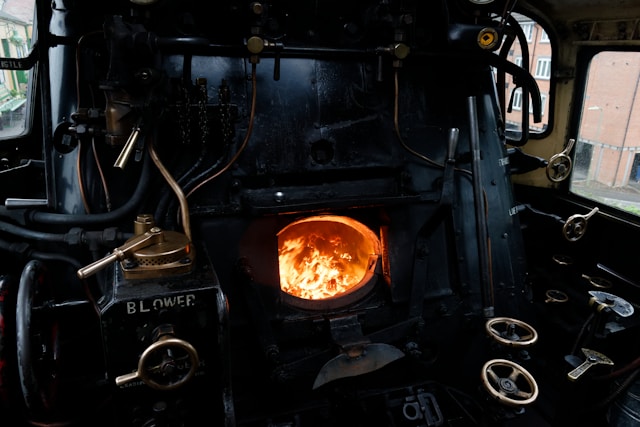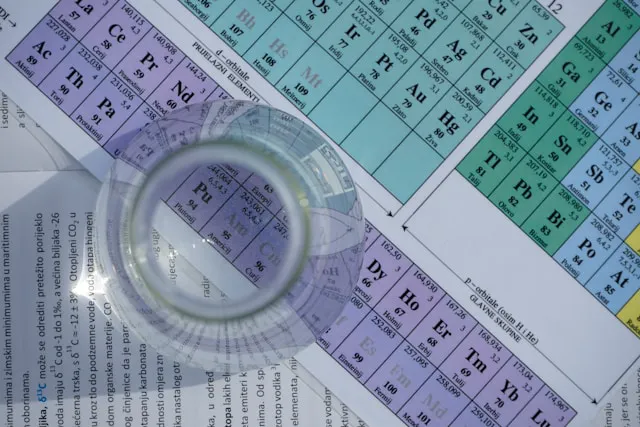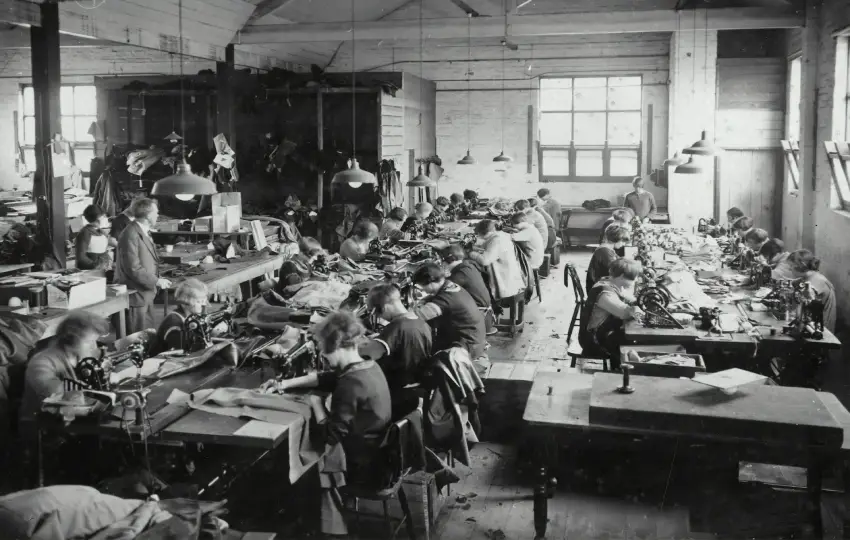The Industrial Revolution marked a significant turning point in history, transforming agrarian and handicraft economies into industrial and machine-manufacturing-dominated ones. This era of rapid industrial growth began in Britain in the late 18th century and quickly spread across the globe. Central to this transformation were various technological innovations that drastically changed production methods, transportation, and energy consumption. Understanding what new technologies helped trigger the Industrial Revolution reveals the profound impact these advancements had on society.
Background of the Industrial Revolution
The Industrial Revolution is commonly defined as the period between 1760 and 1840, characterized by major technological advancements and industrial growth. It began in Britain, a country with abundant coal reserves, which played a crucial role in powering the new technologies. The socioeconomic context of pre-industrial Britain was primarily agrarian, with production relying on manual labor and traditional methods. The shift to industrialization brought about significant changes in production efficiency, economic structures, and social dynamics.
Key Technological Innovations that Triggered the Industrial Revolution
The Steam Engine

The development of the steam engine was a pivotal innovation during the Industrial Revolution. Initially developed by Thomas Newcomen in 1712 to pump water out of coal mines, the steam engine was later improved by James Watt, who enhanced its efficiency and versatility. This innovation allowed for:
- Increased productivity in various industries by providing a reliable power source.
- Expansion of factories beyond water sources, enabling the growth of industrial cities.
- Improvement in transportation, as steam engines powered trains and ships, facilitating the movement of goods and people.
The steam engine’s ability to convert coal into mechanical energy was revolutionary, making it the backbone of industrial machinery and transportation systems. It’s a prime example of what new technologies helped trigger the Industrial Revolution. Learn more about the history of the steam engine.
Innovations in Textile Machinery

The textile industry was among the first to undergo major technological transformations. Innovations such as the spinning jenny, spinning mule, and power loom revolutionized the production of fabrics, especially cotton. These advancements led to:
- Increased production speed, allowing manufacturers to meet growing demand.
- Shift from cottage industries to centralized factories, which improved efficiency and output.
- Economic growth, as the textile industry became a significant driver of Britain’s economy.
The mechanization of textile production played a crucial role in the overall industrialization process, setting the stage for further technological advancements. Find about the role of textile innovations.
Metallurgical Advancements

Advancements in metallurgy were essential to the Industrial Revolution. One of the key innovations was the use of coke, a derivative of coal, in iron smelting by Abraham Darby. This method led to:
- Higher quality iron production, which was crucial for building machinery, tools, and infrastructure.
- Development of wrought iron and steel, which were more durable and versatile than previous materials.
- Expansion of industries such as construction and shipbuilding, which relied heavily on iron and steel.
These metallurgical innovations provided the materials necessary for constructing machines and factories, facilitating industrial growth. These advancements are another critical component of what new technologies helped trigger the Industrial Revolution.
Chemical Innovations

The chemical industry saw significant advancements during the Industrial Revolution, driven by the need for better bleaching solutions for textiles and other manufacturing processes. Key developments included:
- Improved bleaching agents, which enhanced the quality and efficiency of textile production.
- Development of new chemicals and pharmaceuticals, supporting various industrial and medical applications.
- Growth of industrial chemistry, particularly in Germany, which became a leader in this field by the late 19th century.
Chemical innovations not only improved production processes but also contributed to advancements in other industries, further fueling industrial growth.
Infrastructure Developments Fueled by New Technologies
Transportation Innovations
Innovations in transportation were critical to the success of the Industrial Revolution. Key developments included:
- Canals and improved road networks, which facilitated the movement of goods and raw materials.
- Development of railways and locomotives, powered by steam engines, which revolutionized land transportation.
- Impact on trade and urbanization, as improved transportation networks enabled the growth of cities and expansion of markets.
These transportation advancements were essential for distributing industrial products and connecting different regions, boosting economic growth. These infrastructure improvements are integral to understanding what new technologies helped trigger the Industrial Revolution.
Energy Sources
The transition from wood to coal as the primary energy source was a fundamental change during the Industrial Revolution. This shift resulted in:
- Increased energy efficiency, as coal provided a more powerful and reliable energy source compared to wood.
- Expansion of industrial activities, with coal powering steam engines and factories.
- Environmental impact, as coal mining and burning had significant ecological consequences.
The use of coal was instrumental in powering the new technologies and driving industrial expansion.
Broader Impacts of Technological Innovations

Economic Changes
The Industrial Revolution brought about profound economic changes, transforming economies that were predominantly agrarian into industrial powerhouses. Key impacts include:
- Growth of industries and the factory system
- Centralization of production in factories increased efficiency and output.
- Rise of factory towns and cities, as workers migrated for employment opportunities.
- Rise of capitalism and new business models
- Emergence of entrepreneurs and industrialists who invested in technologies and factories.
- Development of financial institutions to support industrial ventures, including banks and stock exchanges.
- Impact on global trade
- Expansion of international markets for industrial goods.
- Shift in trade balance towards industrial nations, enhancing their economic power.
Social and Cultural Impacts
Technological innovations during the Industrial Revolution had significant social and cultural implications:
- Urbanization and changes in living conditions
- Rapid growth of cities due to industrial employment opportunities.
- Development of poor living conditions and overcrowding in urban areas.
- Shift in labor dynamics and formation of labor unions
- Transition from agricultural work to factory jobs, often with long hours and harsh conditions.
- Rise of labor movements and unions advocating for workers’ rights and better conditions.
- Cultural shifts due to technological advancements
- Increased literacy and education as knowledge became more accessible.
- Changes in social structures, with a growing middle class and declining influence of aristocracy.
Case Studies of Technological Impact
The Textile Industry
The textile industry serves as a prime example of how technological innovations transformed an entire sector:
- Mechanization of textile production
- Introduction of machines like the spinning jenny, spinning mule, and power loom.
- Transition from cottage industries to large-scale factory production.
- Economic impact
- Significant contribution to Britain’s GDP and export economy.
- Creation of jobs and new opportunities for investment and entrepreneurship.
- Social implications
- Shift in workforce demographics, with women and children entering factory work.
- Rise of industrial towns centered around textile mills.
The Iron and Steel Industry
The iron and steel industry underwent dramatic changes due to technological advancements:
- Innovations in metallurgy
- Use of coke in iron smelting by Abraham Darby.
- Development of the Bessemer process for mass-producing steel.
- Industrial applications
- Construction of railways, bridges, and buildings using iron and steel.
- Manufacturing of machinery and tools essential for other industries.
- Economic growth
- Expansion of industries reliant on iron and steel.
- Increased demand for skilled labor and technological expertise.
Conclusion
The technological innovations of the Industrial Revolution revolutionized production methods, transportation, and energy consumption. From the steam engine to textile machinery, these advancements drove economic growth, transformed societies, and laid the foundation for modern industrial practices. Understanding these key technologies and their impacts provides valuable insights into the profound changes that shaped the modern world.
Are you interested in learning more about the transformative power of technological innovations and their impact on modern industries? Visit our research and innovation projects that contribute to driving innovation and entrepreneurship in today’s world. If you are interested in collaborating with us on a project related to technological advancements and their societal impacts, please get in touch with us today.
FAQs
1. What was the most important invention of the Industrial Revolution? The steam engine is often considered the most important invention of the Industrial Revolution due to its profound impact on industrial production and transportation.
2. How did the steam engine impact the Industrial Revolution? The steam engine revolutionized industries by providing a reliable power source, enabling factories to be located away from water sources, and significantly improving transportation through steam-powered trains and ships.
3. What role did textile machinery play in the Industrial Revolution? Textile machinery, such as the spinning jenny and power loom, transformed the textile industry by increasing production speed, reducing labor costs, and shifting production from cottage industries to factories.
4. How did transportation innovations contribute to industrial growth? Innovations in transportation, including the development of railways and steamships, facilitated the efficient movement of goods and raw materials, expanded markets, and supported urbanization and industrial expansion.
5. What were the social impacts of the Industrial Revolution? The Industrial Revolution led to significant social changes, including urbanization, shifts in labor dynamics, the rise of labor unions, and cultural shifts towards increased literacy and education.

